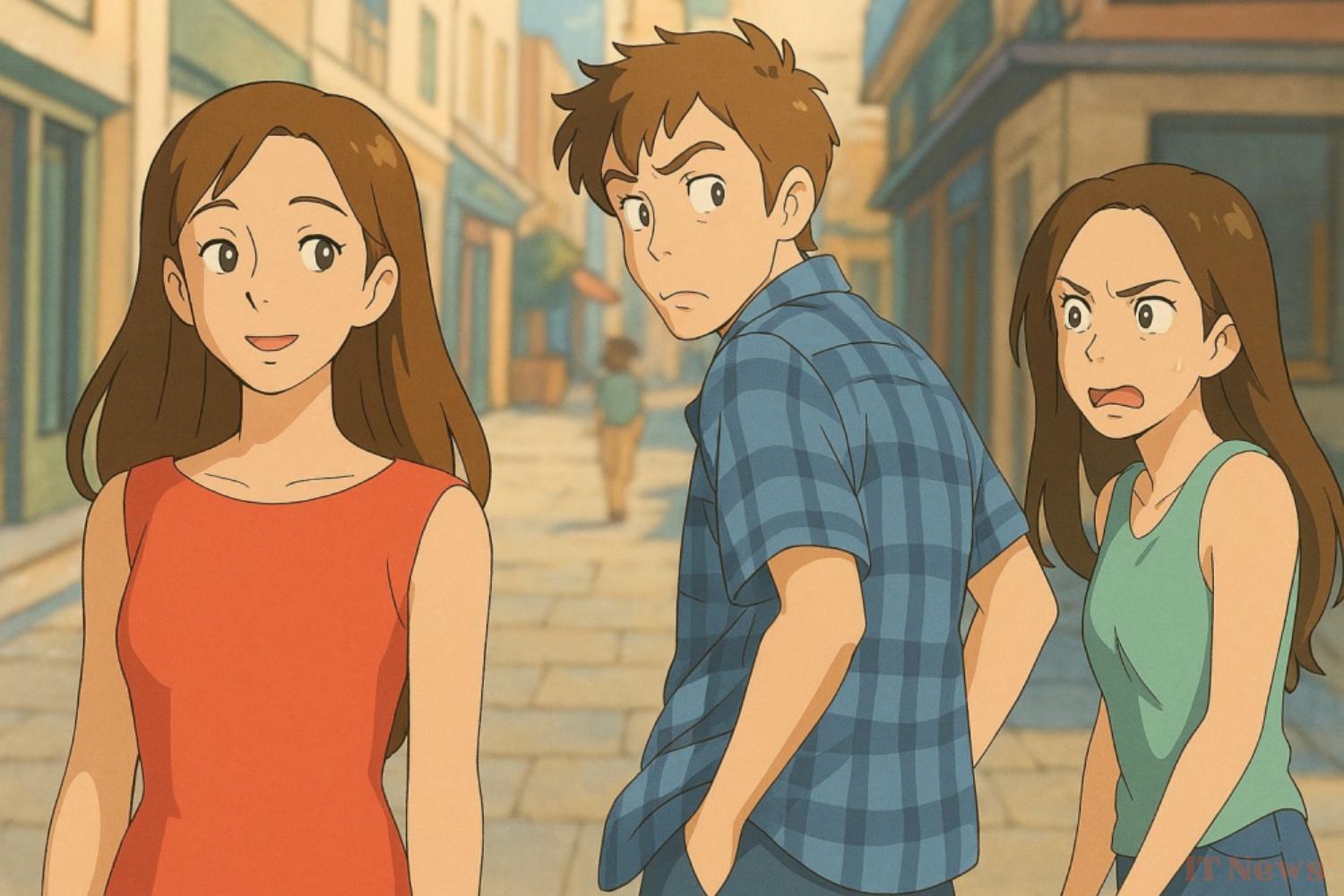Since Tuesday, ChatGPT has allowed its users to generate images directly from the chatbot interface, without using a third-party application like Dall-E. This integration of images into the conversation, accessible to Plus, Pro, and Team subscribers, as well as to free users via the GPT-4o model, has immediately caused massive enthusiasm.
GPUs are overheating in the face of the craze
The result: OpenAI's data centers are struggling to keep up. "Our GPUs are melting," joked CEO Sam Altman on X (formerly Twitter), acknowledging that the intensive use of this new feature is putting pressure on the company's technical infrastructure. Access to image generation will therefore be temporarily limited, "while we make the feature more efficient."
The restriction takes the form of a daily quota: free users, for example, will be limited to three images per day. paid offers, the pace could also be adjusted. "It's great to see that people love the images," Sam Altman said, while still emphasizing the need to optimize performance.
This success is not without consequences. On social networks, creations generated by ChatGPT in the style of Studio Ghibli films — including portraits inspired by characters from My Neighbor Totoro and Spirited Away — went viral in a matter of hours. Some users don't hesitate to transform their own photos into these visually recognizable universes, sometimes with disturbing fidelity.
But this ability to imitate such a particular style raises questions. How did the model learn to generate images so close to those of Hayao Miyazaki's studio? And with what sources? The Japanese artist himself makes no secret of his aversion to AI-generated animation. "It's an insult to life itself,” he declared in 2016, visibly disgusted by a demonstration of artificial intelligence.
Legally, an artist’s visual style is not protected as such, as lawyer Evan Brown points out at TechCrunch. However, if the model was trained on copyrighted works without permission, the terrain becomes slippery. OpenAI, already under fire for using unauthorized content in other projects, could once again be the center of new complaints about the provenance of its training data.
Meanwhile, the company also says it is working on correct inappropriate rejections in image generation. Some content, although compliant with the rules, is currently blocked by the system. Here too, OpenAI promises adjustments.
The "Images in ChatGPT" function offers a range of uses that go well beyond simple fun illustration: infographics, business cards, logos, and photo retouching are now within reach of text. This advancement attracts content creators and the curious alike, but also reveals the limits of OpenAI's technical infrastructure... and new questions about copyright.



0 Comments